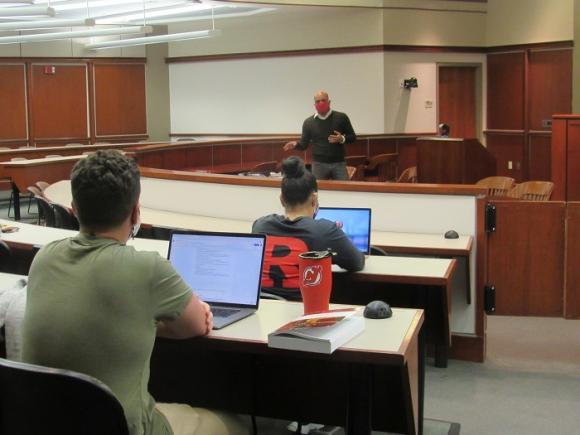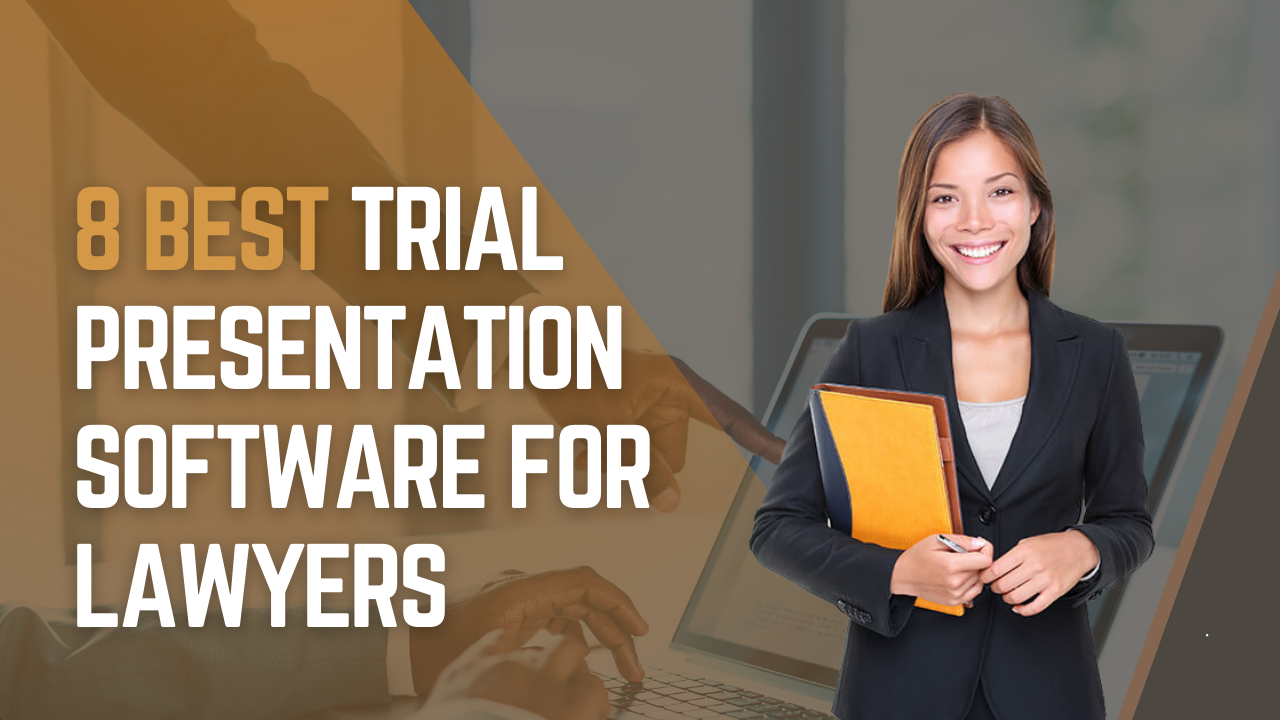Exactly how to Improve Your Case with Engaging Trial Presentations: Specialist Tips for Attorney
Exactly how to Improve Your Case with Engaging Trial Presentations: Specialist Tips for Attorney
Blog Article
Navigating the Intricacies of Trial Presentations: Tips for Seamless Shipment and Engaging Arguments
In the world of lawful process, the art of trial discussion stands as a critical component of success. The complexities integral in test presentations require a delicate equilibrium of ability, technique, and finesse.

Recognizing Test Purposes
To properly navigate a trial, it is vital to have a clear understanding of the objectives that need to be attained. Prior to stepping into the court, legal teams have to define their goals and wanted results. These objectives function as leading principles throughout the trial, forming techniques and affecting decision-making procedures.
Understanding test purposes entails a thorough evaluation of the situation, legal criteria, and the customer's benefits. Trial Presentations. It needs a thorough examination of the truths, determining vital concerns, and expecting potential obstacles. By setting particular and quantifiable objectives, attorneys can tailor their arguments and presentations to line up with the desired results
Moreover, a clear grip of trial purposes makes it possible for lawful teams to prioritize evidence, witnesses, and legal disagreements efficiently. It permits for the growth of a systematic narrative that reverberates with the discretionary, reinforcing the general instance presentation.

Organizing Proof Properly
Having a clear understanding of trial objectives lays the structure for arranging evidence properly in legal proceedings - Trial Presentations. By lining up the discussion of evidence with the desired results of the trial, legal teams can strengthen their debates and boost their persuasiveness. One critical facet of arranging proof is classification. Grouping proof based upon styles or relevance to details legal components can aid streamline the presentation and make complicated information a lot more absorbable for the judge or jury.
One more trick component in arranging evidence efficiently is developing a logical flow. Offering evidence in a consecutive and meaningful fashion can help construct an engaging story that supports the legal debates being made. Additionally, using aesthetic aids such as graphs, timelines, or charts can further enhance the company of proof and aid in making clear intricate relationships or sequences of occasions.
Furthermore, guaranteeing that all proof offered is pertinent and admissible to the situation is vital. Inadmissible or pointless evidence can detract from the stamina of the debate and potentially harm the credibility of today celebration. Consequently, a careful review and option process should be embarked on to include just one of the most impactful and legally sound evidence in the test discussion.
Crafting Influential Narratives
Crafting compelling narratives plays a critical function in offering persuasive arguments throughout legal process. A well-crafted narrative has the power to captivate the target market, stimulate feelings, and ultimately persuade the decision in support of the here and now celebration. When creating a story for a test discussion, it is important to establish a clear storyline that highlights essential factors and connects them in a meaningful way. Begin by describing the truths of the situation in an engaging fashion, making certain that the sequence of occasions is easy to adhere to. Present personalities properly, giving history information that aids the audience understand their activities and motivations. Additionally, integrating vibrant descriptions and engaging language can bring the narrative to life, making it more unforgettable for the discretionary. By weaving together evidence, statement, and legal debates into a convincing and natural story, lawyers can successfully promote for their customers and increase the probability of a beneficial end result in the courtroom.
Mastering Aesthetic Help
Reliable use visual aids is vital to enhancing the impact and clarity of test presentations. Aesthetic aids, when used tactically, have the power to simplify complicated info, enhance crucial points, and leave a long-term impression on the court check these guys out and jury. To master aesthetic aids in test presentations, it is essential to make sure that they are clear, succinct, and relevant to the arguments being made.
When integrating visual aids, such as graphes, timelines, photos, or graphs, right into a trial presentation, it is important to maintain them visually appealing yet expert. The visuals should match the verbal debates, offering a visual depiction of the info being gone over without overwhelming the target market with unnecessary information.
Moreover, experimenting the aesthetic aids ahead of time is crucial to make certain a smooth shipment during the test. Familiarizing oneself with the material, changes, and timings of each aesthetic help can assist keep the circulation of the presentation and stop technical problems that might develop.
Supplying Impactful Closing Disagreements
An engaging closing debate serves as the end result of a trial presentation, enveloping the core story and encouraging the judge and jury in the direction of a beneficial choice. Begin by outlining the primary debates that support your customer's setting, emphasizing resource why the proof offered throughout the trial sustains your story.
Additionally, including psychological allure can additionally strengthen your closing disagreement. Inevitably, a well-crafted closing disagreement must leave a long-term impact, compelling the court and court to rule in your customer's support.
Conclusion
In conclusion, grasping test discussions includes comprehending purposes, arranging evidence, crafting narratives, making use of aesthetic help, and supplying impactful closing arguments. By applying these techniques effectively, attorneys can present their instance perfectly and make engaging disagreements in the court room. It is critical to navigate the intricacies of test discussions with precision and skill to achieve success in legal process.
By straightening the discussion of proof with the desired outcomes of the test, lawful groups can enhance their debates and boost their persuasiveness (Trial Presentations). To master visual aids in trial discussions, it is critical to ensure that they are clear, concise, and pertinent to the disagreements being made
An engaging closing disagreement serves as the conclusion of a test presentation, enveloping the core narrative and encouraging the judge and court in the direction of a favorable choice. Begin by laying out the primary arguments that support your customer's placement, you could check here emphasizing why the proof provided throughout the test sustains your narrative.In conclusion, grasping test presentations involves comprehending objectives, arranging evidence, crafting narratives, using visual aids, and providing impactful closing debates.
Report this page